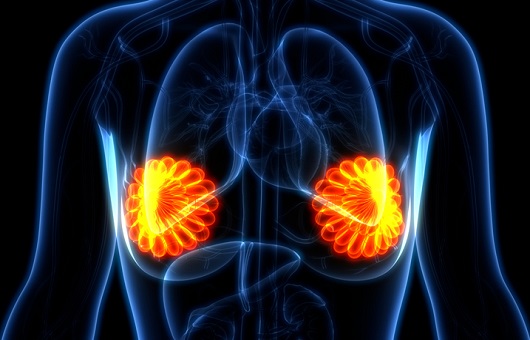One of the most common symptoms of patients who visit the breast surgery department for breast problems is “nipple discharge”. Nipple discharge is known as one of the three most common breast symptoms along with mastalgia and mass. In over 80% of women it is a physiological phenomenon caused by hormones and can occur temporarily without a particular cause. However, it can be an abnormal sign due to breast cancer or various breast diseases, so it is advisable to undergo a thorough examination to accurately determine the cause.
The cause of nipple discharge can be caused by hormonal changes during childbirth or breastfeeding, and external stimulation or excessive pressure, such as wearing tight-fitting underwear, can also cause nipple discharge. Or it can also occur under the influence of various types of medications, such as birth control pills, female hormone therapy for menopausal women, stomach medicines, sedatives, and sleeping pills.
In case of pituitary adenoma, prolactin level testing is required. At this point, if the prolactin level is 100 ng/ml, it is necessary to verify whether or not it is a benign tumor, the prolactinoma, through brain magnetic resonance.
The most common cause of pathological papillary discharge is intraductal papilloma. Although the lesion is classified as benign, it is recommended that it be confirmed by resection as it may be accompanied by dysplasia or ductal carcinoma in situ.
Galactorrhea due to benign breast disease, such as ductal ectasia, occurs when the discharge is a mixed color, such as green or gray, and the cause can be identified through testing. On the other hand, if the discharge comes out on its own even if the nipple is not stimulated, or if bloody discharge comes out of a nipple hole in one breast, breast cancer should be suspected.
Symptoms of nipple discharge from benign breast disease and pathological breast disease are different. In the case of benign breast disease, it is mostly bilateral and is secreted by several milk ducts and secreted when pressed. On the other hand, in case of malignant breast disease △occurs on one side only △occurs in a single milk duct △occurs spontaneously or occurs accompanied by blood or serous blood or lump △occurs in a woman aged over the age of 40, the risk of breast cancer is increasing. In this case, it must be confirmed by breast cancer screening.
Written = Director Lee Joo-hyun, medical reporter at Haidak (surgeon)
<전문가 칼럼은 하이닥 의견과 다를 수 있습니다.>
<저작권©언론사 하이닥, 무단 전재 및 재배포 금지>


